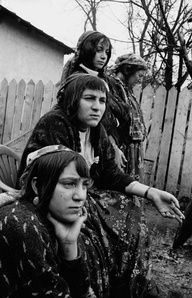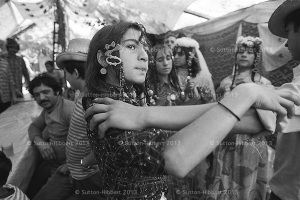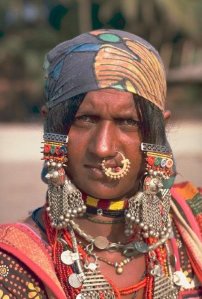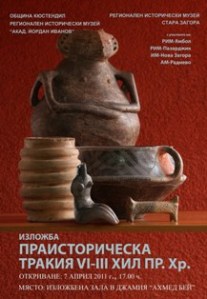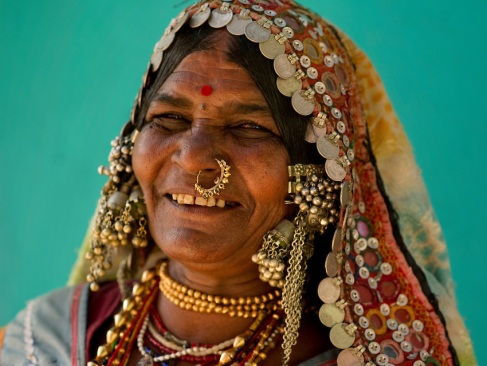
Photo COPYRIGHT:JAINA MISHRA
http://www.jainamishra.com/portfolio
Karnataka 2002-The hunt for someone real
I was staying on a friends land for a while. He had a battery powered radio. I had heard the clear sounds of tribal music. Ancient that is older then the current Karnatic ragas so commonly played. My friend called the radio station to find out about the origins and location of the tribe who composed that particular song.
A day later I found myself living with a Eco Warrior Brahmin family in Hubli. They understood my desire and research to find the musicians of the song I heard over the radio. In between a royal wedding and a revolution against the government, the family drove me to small encampments and invited musicians to the house to tell me their story.
I begged the musicians to take me with them. They kindly refused. They were afraid of what calamities would take place by bringing back a white woman to their families. I understood and let it go.
Yes, they were the same musicians who recorded the song I heard over the radio.
Sitting with them I observed their social conduct. This observation gave me ideas of how to approach a tribe if I was given the opportunity again.
Revolution happened, host family had to flee the city in the middle of the night and I was on a bus back to my cliff.
Weeks later I met a modern man. Causally over tea I found out that he is in fact of the Lambani tribe. He said since he was working in town he didn’t wear the traditional dress. He sisters, mother and grandmothers did. He invited me to meet them, but I had to wait to arrange the time because he respected his families privacy and their daily routine.
When I finally sat down with the women of the tribe I found out that they were just as excited as I was to meet. They shared many songs and hand clapping rhythms with me. If I remember correctly I cried with joy the whole time. We also shared embroidery techniques and different ways to sew mirrors onto fabric. I asked them why did they accept our meeting. Outsiders are normally not welcome and suspicious. They got real serious and told me that their son had told them that I was “a wild witch who held no claim to any country.” They traveled a few times to visit me on my cliff and watch the moon rise.
After I had moved on from my cliff I found my self with a plain dressed lambani couple who were trading the tribe’s crafts. After everything I had observed about the tribal folks I had the opportunity to meet I guess I made a great impression on them. They invited me to join them on a journey to a Lambani gathering. An event that happens once a year when extended Lambani from the surrounding states come together.
That event was a whirlwind for me. So much happening at once, my eyes were always tired. I was constantly in a loving way mobbed by everyone asking questions in an unknown local dialect. As a whole the tribe was happy that I wore their clothes, worked their goats with them and was not afraid to get up and dance around the fire at night. I had been getting very wild before this gathering, living in isolation for many months. I don’t remember much. What I do remember was the strength and power of the women. Their eyes could pierce steel with one look.

